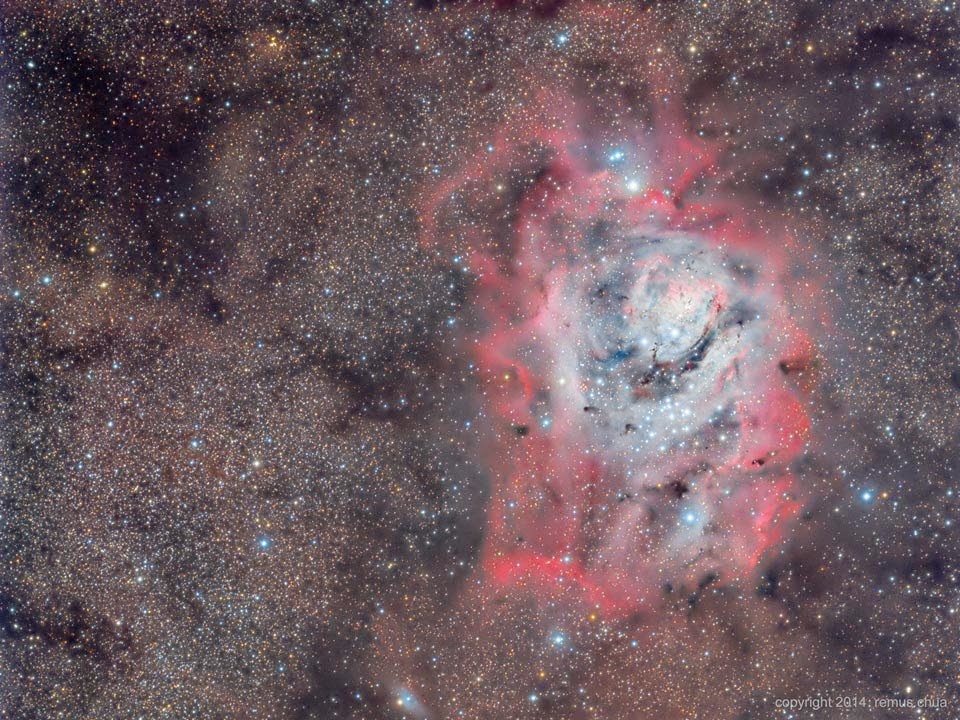Norton, Stephen D. "Johann Bayer." Science and Its Times. Ed. Neil Schlager and Josh Lauer. Vol. 3: 1450 to 1699. Detroit: Gale, 2001. 361-362. Gale Virtual Reference Library. Web. 26 Sept. 2014.
The Editors of Encyclopædia Britannica. "Johann Bayer (German Astronomer)." Encyclopedia Britannica Online. Encyclopedia Britannica, n.d. Web. 26 Sept. 2014.
Saturday, September 27, 2014
Friday, September 26, 2014
APOD 1.5
This is called the Lagoon Nebula. In this nebula there exists multiple young stars and hot gases. The Lagoon Nebula is so big that it can be seen without a telescope if you look towards the constellation of Sagittarius. If you were wondering what is in the center, well it is called the Hourglass Nebula. As complex as this Nebula looks, it has only been around for several million years!
Monday, September 22, 2014
APOD 1.4
This beautiful aurora was seen in Maine, USA earlier this month. How was it created you ask? In this occasion, these bright auroras were caused by a geomagnetic storm. According to several astronomers, the storm was the most intense storm of the year! The geomagnetic storm is developed and created in the cloud of Earth's magnetic field. What a majestic process to know!
Friday, September 12, 2014
APOD 1.3
Beautiful rainbow isn't? Well actually it is not a rainbow, it is called a Moonbow.This is created as raindrops reflect the Moon's light. To produce a Moonbow, raindrops, clouds and the moonlight must be in a special specific position which is why Moonbows are not so common. What a rare phenomenon!
Friday, September 5, 2014
APOD 1.2
Viewed in Tibet, this exotic sky is caused by airglow. It is created by the alternation of air pressure of the waves, which in this case it is 90 kilometers up. This is called gravity waves. Do not be confused, this is not like auroras. Airglow is caused by a chemical reaction instead of the collision of charged particles. This phenomenon allows the sky to never be completely dark throughout the night. What a beauty!
Monday, September 1, 2014
APOD 1.1
In the past, Comet Jaques was primarily visible from Venus. Last time seen, Comet Jaques was about 14.5 kilometers from Venus. It is surrounded by the Heart and Soul Nebulas. On August 28th, Comet Jaques was only 84 million kilometers from planet Earth and one could see it through a telescope or binoculars.
Subscribe to:
Comments (Atom)

